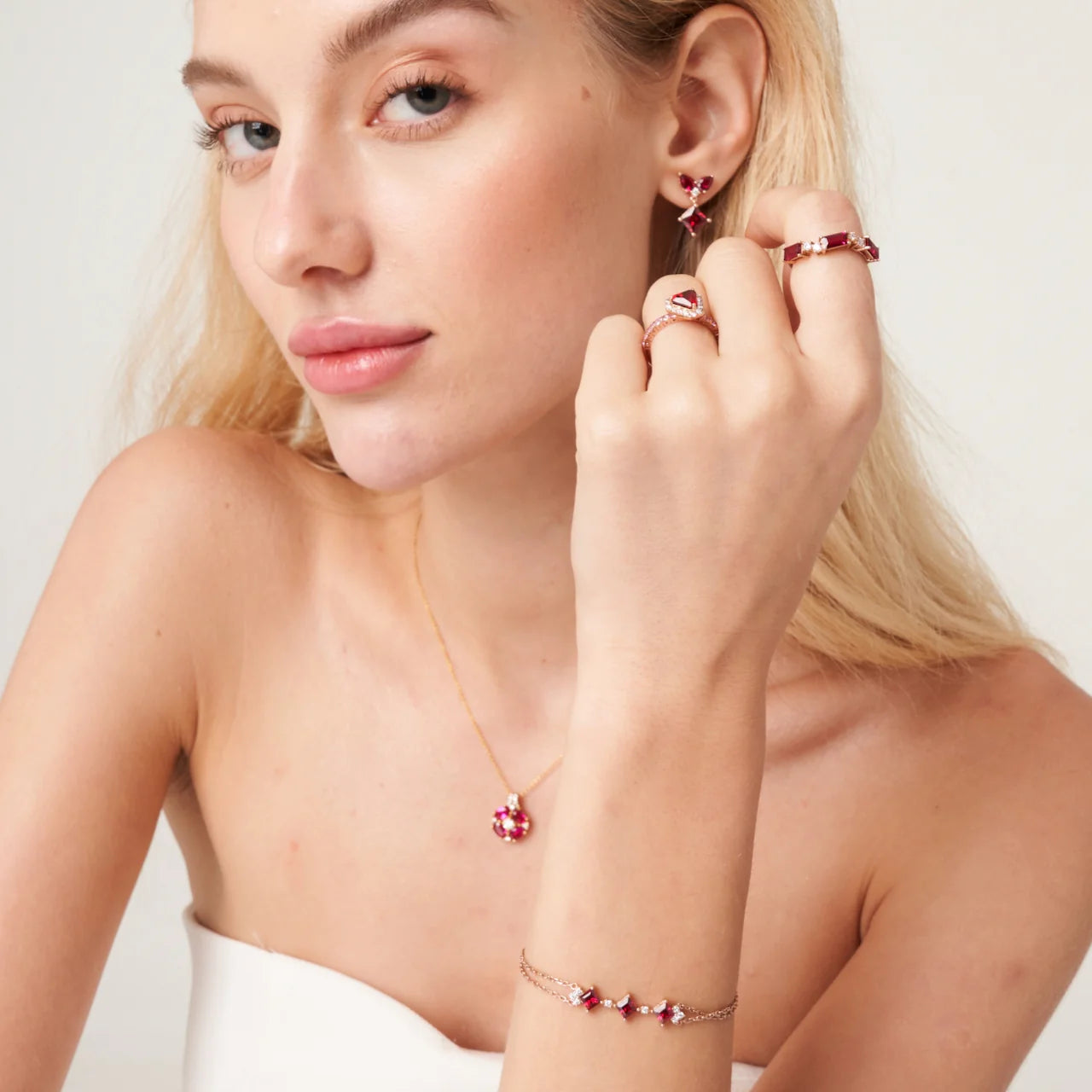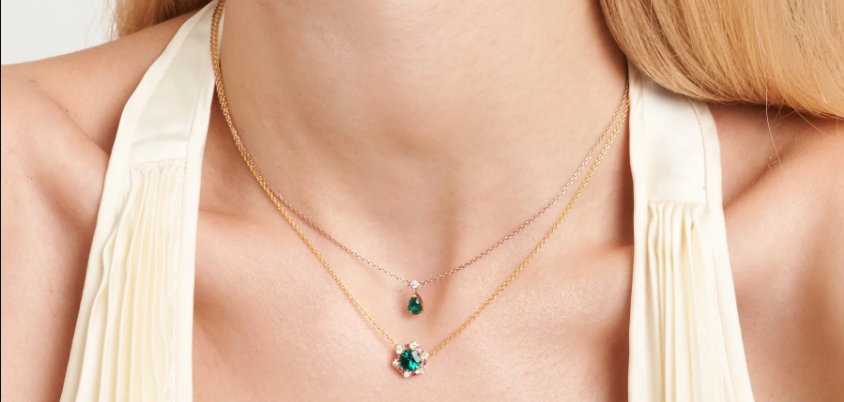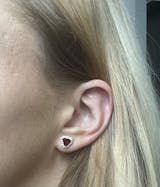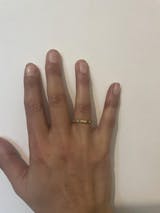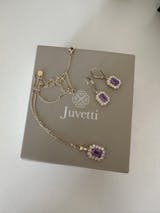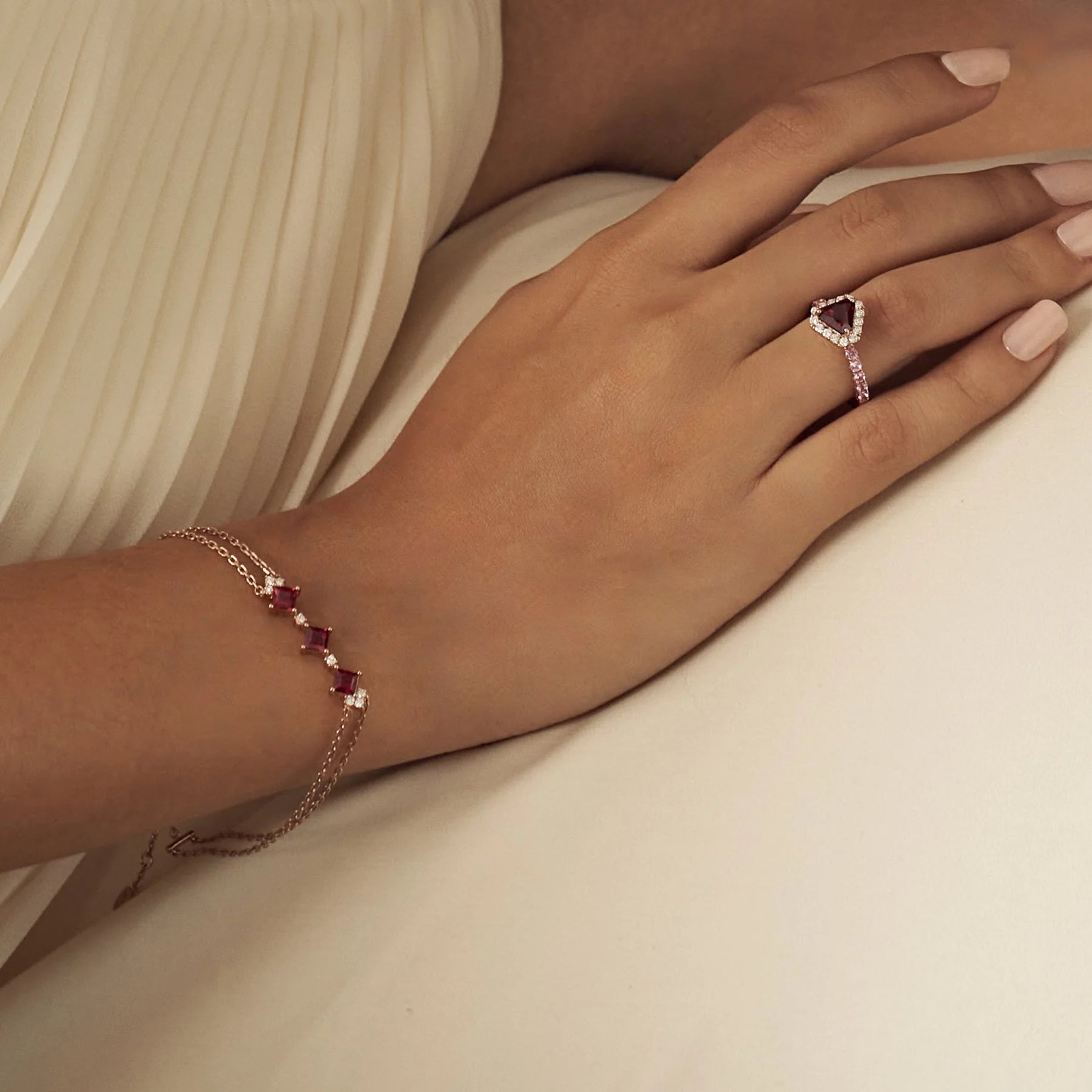
Choosing the Perfect Ruby Bracelet: A Comprehensive Buyer's Guide
Ruby bracelets have adorned the wrists of royalty and celebrities, making them a popular choice for women of all ages, offering a combination of bold elegance and classic beauty. Rubies continue to be a supreme choice among gemstones, finding their place in jewellery, works of art, literature, and even religious artifacts.
Selecting the ideal ruby bracelet is a decision that requires thoughtful consideration, whether you're seeking a timeless heirloom or a fashionable addition to your collection. This buyer's guide aims to provide comprehensive information to help you make an informed choice. It covers selecting the right style, ruby, metal, and setting to suit your unique preferences.
Ruby Bracelet Styles and Designs
There are many different styles of ruby bracelets to choose from, each with its own unique look and feel. Some of the most popular styles include:
- Tennis bracelets: This classic style features a continuous line of evenly sized gemstones. Tennis bracelets are elegant and timeless.
- Bangles: Bangles are rigid, circular bracelets that come in a variety of widths and styles. Ruby bangles are a bold and eye-catching option, and they can add a touch of glamour to any outfit.
- Cuffs: Cuffs are similar to bangles, but they are wider and more ornate. Ruby cuffs can be very dramatic, and they make a statement piece for special occasions.
- Charm bracelets: Charm bracelets are a fun and personal way to wear rubies. Choose charms that represent your interests, hobbies, or loved ones.
- Chain Bracelets: These feature delicate chains, often in gold or silver, adorned with ruby stones. They're perfect for a subtle yet elegant look and make a great choice for everyday wear

The evolution of ruby bracelets in design and fashion
Ruby bracelets have significantly evolved throughout history, reflecting changes in fashion, culture, and technology. In ancient times, they symbolised wealth and power, often set in heavy gold alongside other gemstones. The Middle Ages favored simpler designs with symbolic significance, while the Renaissance era saw intricate gold and silver settings, echoing a renewed appreciation for art and beauty. The Victorian era's designs varied from romantic and ornate to somber, richer tones following Prince Albert's death. Art Nouveau and Edwardian periods introduced artistic, whimsical designs with flowing lines and floral patterns, often incorporating platinum and delicate filigree. The Art Deco movement brought bold, geometric designs with contrasting colors, and post-WWII fashions combined bold and simple styles, benefitting from advancements in gemstone cutting and setting.
Today, ruby bracelets range from classic to contemporary, showcasing diverse styles and harnessing modern technology for precise cuts and intricate designs. They have become especially meaningful as the birthstone for July. This connection adds a personal and sentimental value, making ruby bracelets a cherished gift, symbolising luxury and celebrating personal identity.
Understanding and assessing ruby quality and grading
When assessing the quality of a ruby, consider four key factors: color, clarity, cut, and carat weight.
- Color: The most valuable rubies feature a deep, vibrant red without secondary colors. Assess the hue, saturation, and tone; ideal rubies show a vivid, slightly purplish red with a medium to medium-dark tone, such as Burmese ruby. Evaluate the color under natural light and compare it with a color grading chart.
- Clarity: Rubies typically have some inclusions, but fewer and less visible inclusions increase their value. Using a magnifying tool, examine the ruby for internal flaws. Note that certain inclusions like fine silk can enhance a ruby's color saturation.
- Cut: A well-cut ruby displays maximum brilliance and symmetry, enhancing its overall appearance. The cut's quality affects how the ruby interacts with light, impacting its sparkle and color display.
- Carat Weight: Larger rubies are more valuable due to their rarity. The carat weight influences the gemstone's size and, consequently, its price.
In summary, a combination of color depth, clarity, expert cut, and significant carat weight defines a high-quality ruby. Personal preference also plays a role in determining a ruby's appeal.
Setting Types and Their Impact
The setting of a ruby bracelet is the metal frame that holds the gemstones in place. The type of setting can affect the bracelet's durability and appearance. Some of the most common types of settings for ruby bracelets include:
- Prong setting: This is a classic setting that uses small prongs to hold each gemstone in place. Prong settings are very durable and allow for maximum light to pass through the gemstones.
- Bezel setting: In a bezel setting, the gemstone is surrounded by a thin metal rim. Bezel settings are very secure and protect the gemstones from damage.
- Channel setting: This setting uses a channel to hold the gemstones in place. Channel settings are very popular for tennis bracelets because they create a seamless line of gemstones.
- Pave setting: This setting uses tiny beads of metal to hold the gemstones in place. Pave settings are very sparkly and create a glamorous look.

Metal Choices for Ruby Bracelets
The choice of metal for a ruby bracelet is crucial, both in terms of aesthetics and durability. The most popular options include:
- Gold: A timeless and classic choice, gold enhances the ruby's color and is available in various hues such as yellow, white, and rose, each offering its own unique elegance.
- Platinum: Known for its strength and durability, platinum is also hypoallergenic, making it an ideal choice for those with sensitive skin.
- Sterling Silver: While more affordable than gold or platinum, sterling silver is a favored choice for its versatility and suitability for everyday wear, though it is less durable than the other options.
Choosing the right metal color for jewelry significantly enhances its appeal, and the key is to match it with your skin tone and personal style preferences:
- Cool Skin Tones: If you have a cool skin tone, typically indicated by blue or purple veins, opt for silver, platinum, or white gold. These metals highlight the cool undertones of your skin.
- Warm Skin Tones: For warm skin tones, where veins appear greenish, yellow or rose gold are ideal choices. These warm metals complement the natural warmth of your skin.
- Neutral Skin Tones: Those with neutral skin tones, characterized by a mix of blue and green veins or an indistinct vein color, can experiment with a wide range of metals.

Remember, while these suggestions can guide you, the ultimate choice should align with your personal style and the look you wish to achieve.
Ensure Exceptional Durability
The durability of your ruby bracelet depends on several factors, including the quality of the setting, the choice of metal, and the craftsmanship of the jeweler. High-quality craftsmanship includes smooth finishes, no sharp edges, and uniformity in design. Good craftsmanship ensures the bracelet can withstand regular wear without damage. Look for well-crafted pieces with secure clasps and sturdy metalwork.
Bracelet Clasps:
- Lobster Clasps: Known for their security, lobster clasps are shaped like a lobster's claw and are easy to open and close. They are ideal for heavier bracelets.
- Toggle Clasps: These consist of a ring on one end and a bar on the other. Toggle clasps are easy to use but may not be as secure as other types, making them better for lighter bracelets.
- Box Clasps: Box clasps are elegant and often used in formal jewelry. They consist of a small box and a wedge-shaped piece that slides into it. Some come with additional safety latches for extra security.
- Other Clasps: There are various other clasps like magnetic, hook, and snap clasps, each offering different levels of security and ease of use.

Consider how often you will wear your bracelet and the activities you will engage in while wearing it. For everyday wear, prioritize durability and secure clasps. For occasional use, you might opt for more decorative clasps and settings. Always ensure that the overall construction of the bracelet aligns with your lifestyle and usage.
Weigh Your Choices: Natural vs. Lab-Grown Rubies
Lab-grown rubies offer a forward-thinking and sustainable choice. Created in laboratories using advanced techniques, these gemstones mirror their natural counterparts in color, clarity, and durability. Their minimal inclusions, enhancing visual appeal and ensuring greater strength and durability. They are an environmentally friendly option, eliminating the need for mining and thereby reducing ecological impact. Ethically sourced and free from conflict-related issues, they also reduce geopolitical concerns associated with traditional gemstone mining. Additionally, lab-grown rubies are more affordable, making luxurious ruby bracelets more accessible. Opting for lab-grown rubies represents a blend of innovation, sustainability, and ethical responsibility, appealing to those who prioritize both luxury and conscientious living.
Get the Perfect Fit: Measuring for Your Ruby Bracelet
To ensure a comfortable and secure fit, it's essential to measure your wrist before purchasing a ruby bracelet. Most bracelets come in adjustable lengths, but knowing your wrist size will help you narrow down your options and avoid any potential issues.
To measure your wrist, wrap a soft tape measure around the narrowest part of your wrist, just above the bone. Ensure the tape measure is snug but not too tight. Record the measurement in inches or centimeters.
Budget Wisely: Understanding Ruby Bracelet Prices
The price of a ruby bracelet can vary greatly depending on the style, quality of the rubies, choice of metal, and craftsmanship. For example, a simple gemstone bracelet may start at a few hundred dollars, while a high-end tennis bracelet with large, high-quality rubies could cost tens of thousands of dollars.
Determine priorities before making a purchase, decide which aspects of the bracelet are most important to you, set a budget and do your research to understand the factors that affect the price of ruby bracelets. This will help you make informed decisions and find the perfect piece that fits your style and budget.
Ciceris Gold Bracelet Ruby and Diamond
Certification
Reputable gemological laboratory certifications offer comprehensive details about the gemstones in your bracelet, including aspects like color, clarity, cut, and carat weight, ensuring you receive a product of verified quality.
We proudly offer GIA-certified options for our customers. To learn more about obtaining a certification for your chosen bracelet, please visit our product pages where you can find information on how to request a certificate for each specific item.Maintaining the Beauty: Tips for Ruby Bracelet Care
To preserve the brilliance and longevity of your ruby bracelet, follow these simple care tips:
- Avoid harsh chemicals and abrasive materials: Do not expose your ruby bracelet to harsh chemicals, such as household cleaners or perfumes, as these can damage the metal and gemstones.
- Regular cleaning: Clean your ruby bracelet gently with a soft cloth and mild soapy water. Avoid using harsh cleaning agents or abrasive materials.
- Safe storage: When not in use, store your ruby bracelet in a protective case or pouch to prevent scratches and damage.
- Regular inspection: Regularly inspect your ruby bracelet for any signs of damage or wear, and have it professionally cleaned and serviced if necessary.
By following these tips, you can ensure that your ruby bracelet remains a cherished piece of jewellery for years to come.




